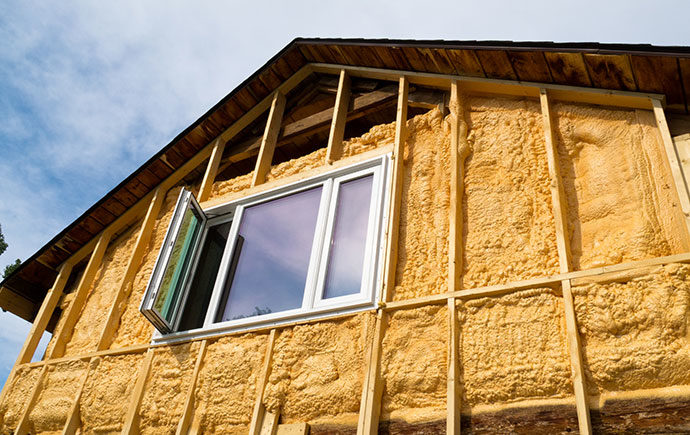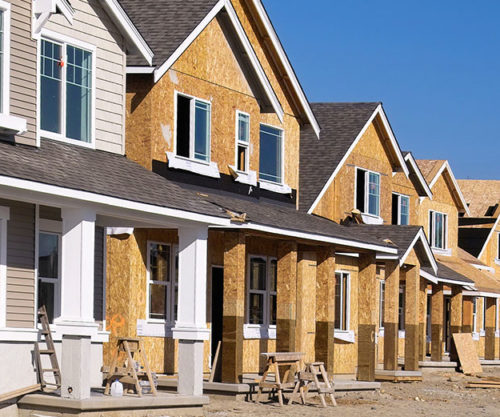
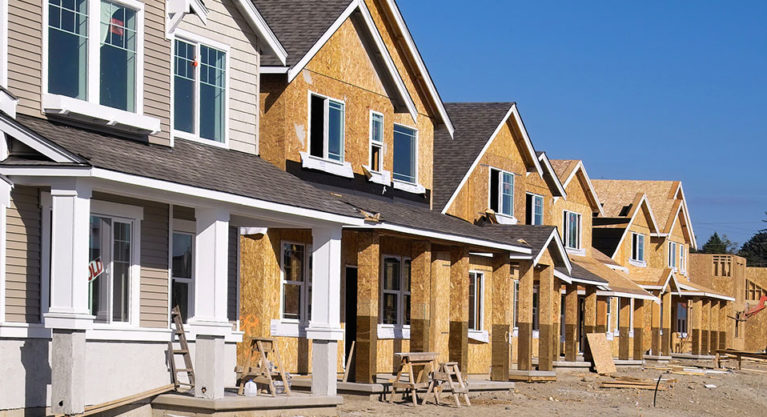
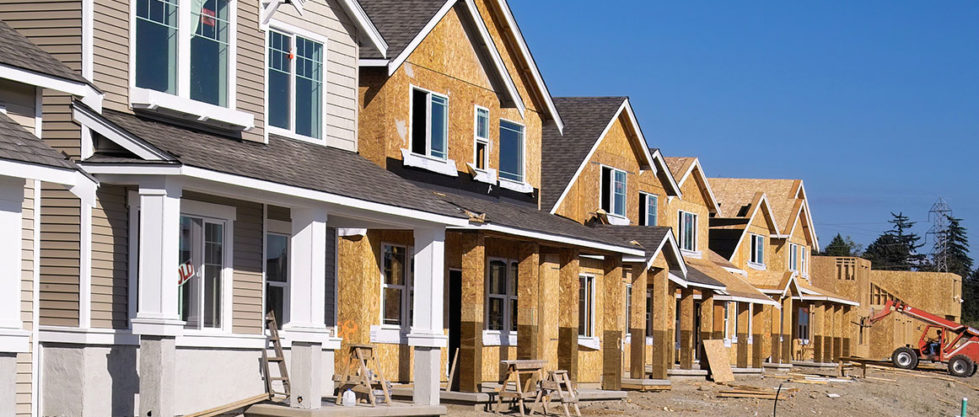
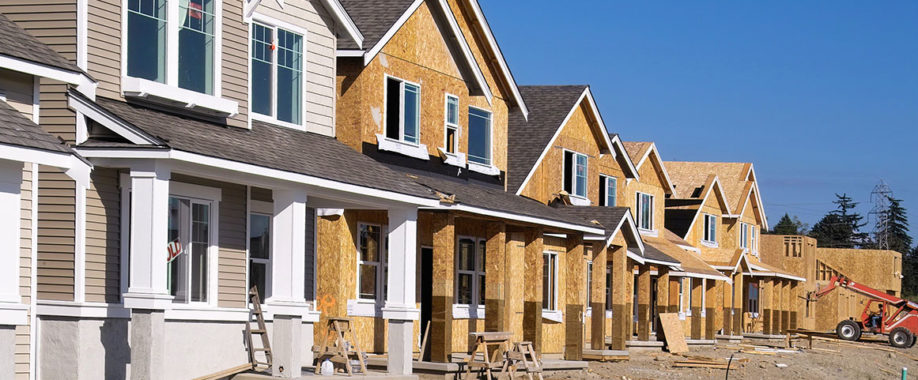
Life cycle assessments are a comprehensive tool used to systematically evaluate multiple potential environmental impacts of a product or process throughout its lifespan.
As consideration for the environmental impacts of buildings and building products increases, builders, architects and designers may be challenged to assess how a project may impact environmental, human health or sustainability issues.
Life cycle assessments (LCAs) are a comprehensive tool used to systematically evaluate multiple potential environmental impacts of a product or process throughout its lifespan, from extraction of raw materials, processing those materials, manufacture of the products, transportation, use and final disposal, reuse or recycling.
Use of LCAs, along with broader life cycle thinking, encourage consideration of a product’s impacts through all stages of the entire lifecycle of a building, analyzing relevant sustainability attributes, such as energy and water use, carbon footprint, maintenance and use-phase impacts and occupant health and safety. This enhanced understanding of the impacts of a product may also help product manufacturers assess opportunities to increase the product’s overall sustainability profile. For example, innovative manufacturers may develop new processes to reduce energy usage during the manufacture of raw materials, while maintaining or increasing product performance.
When choosing among various materials and products, architects and builders may undertake a life cycle assessment to systematically evaluate multiple potential environmental impacts of a product throughout its lifespan.
An LCA can help identify opportunities to reduce potential impacts and minimize resource use across a product’s lifespan.
An LCA also can help identify tradeoffs among products and materials, such as whether attempting to decrease the environmental impact of one product may inadvertently result in another, different environmental impact.
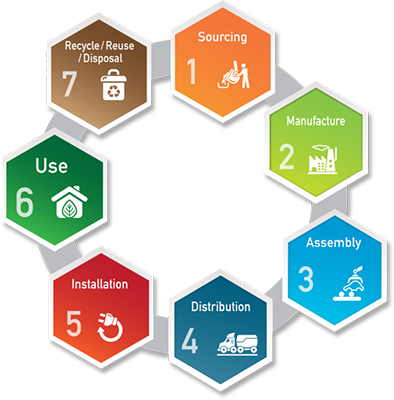
When equipped with an LCA’s insights:
Contractors can know how to better prevent or resolve environmental problems related to project management and improper waste disposal.
Home builders can use LCAs to explain and affirm how a “green” building material yields energy savings during the life of the building.
Building owners can see how sustainable products may favorably reduce environmental impacts during the lifetime of their investment.
Standard development organizations can identify possible improvements across the industrial system and through the product’s life cycle stages.
Life Cycle Assessment Resources
The Building for Environmental and Economic Sustainability (BEES) software developed by the National Institute of Standards and Technology (NIST) provides an automated approach for measuring the life-cycle assessment, plus environmental and economic performance of a building product.
The Integrative Analysis Pilot Credit in LEED helps sustainable building project teams make material selection decisions using a lifecycle framework.
